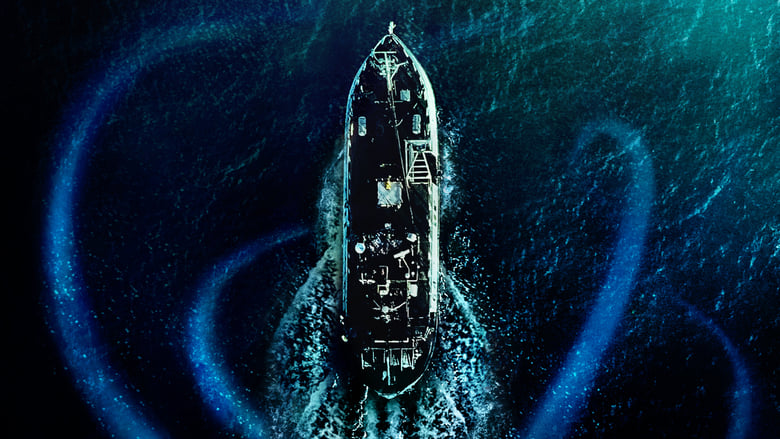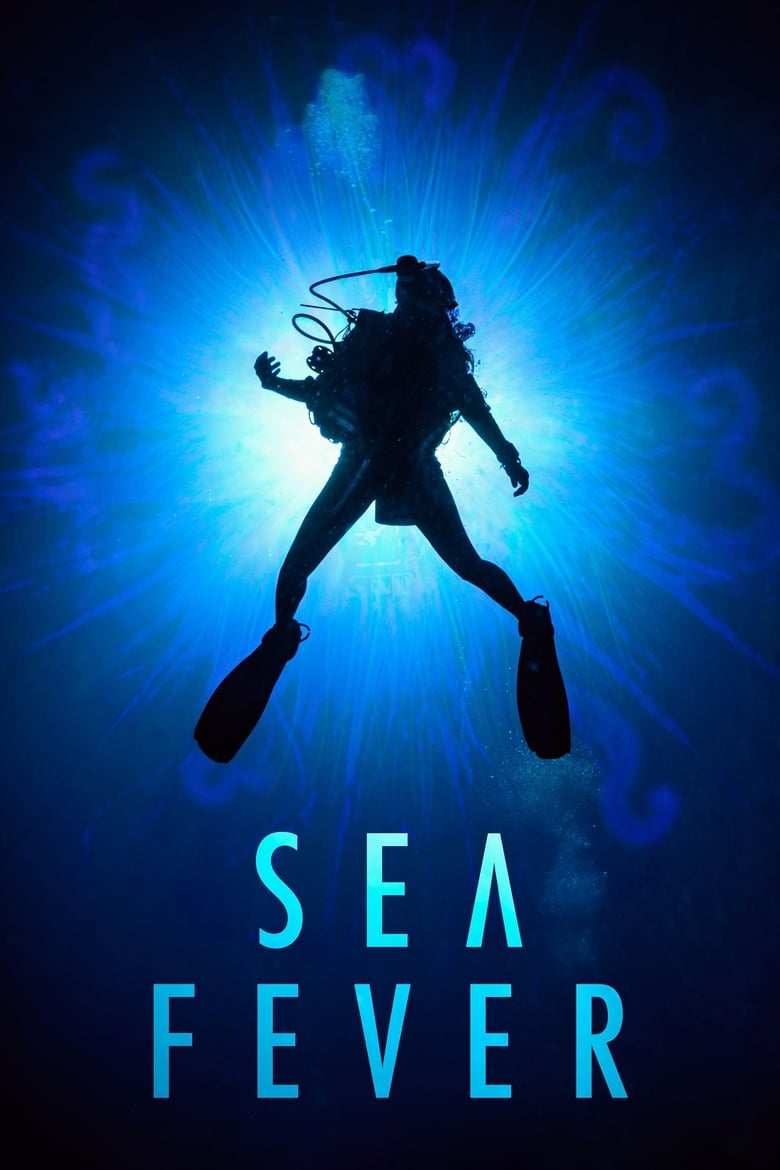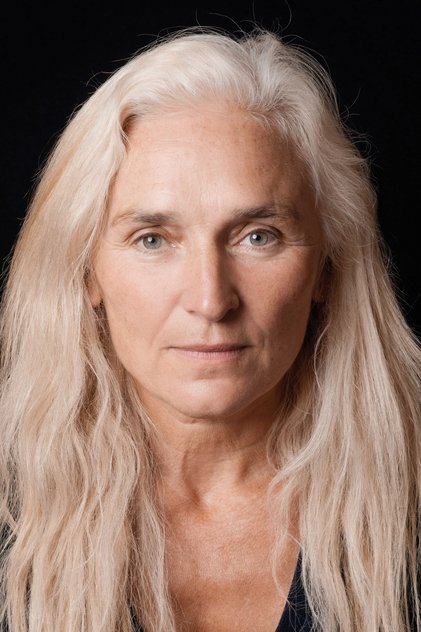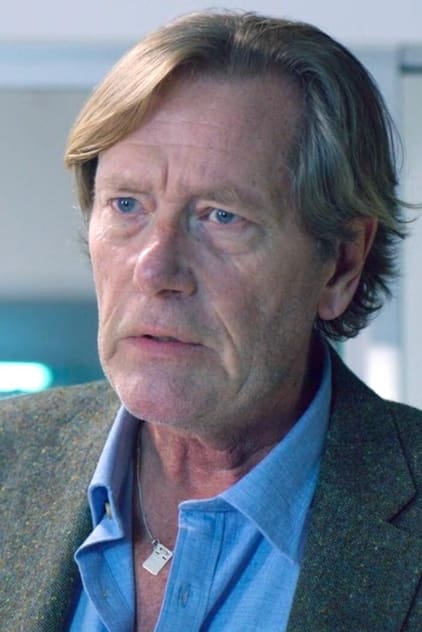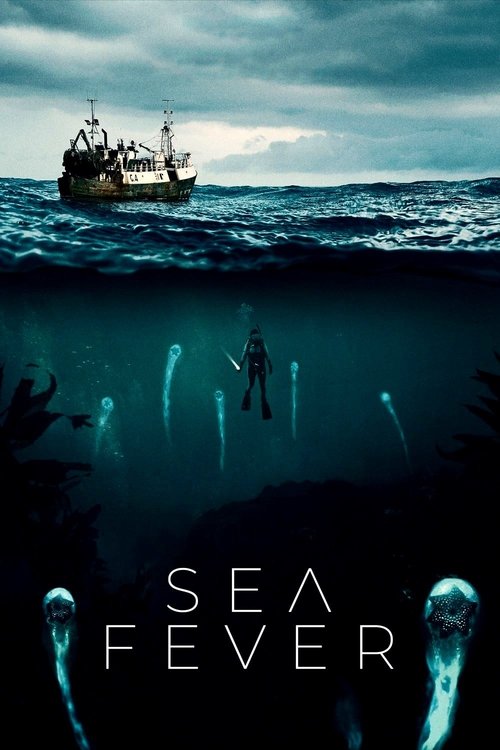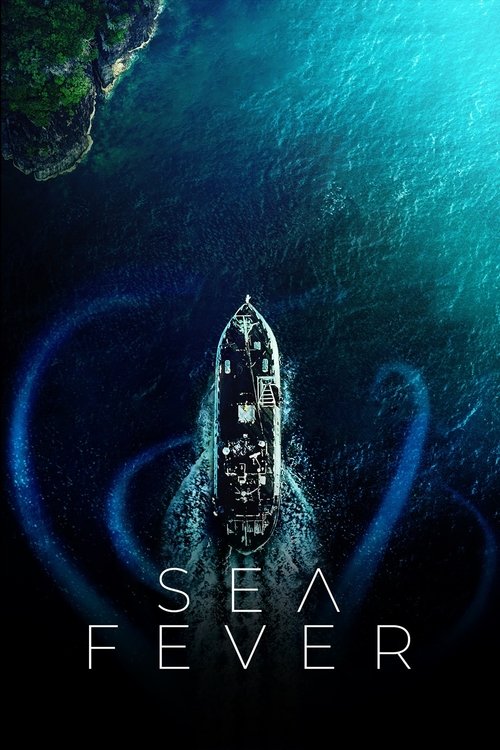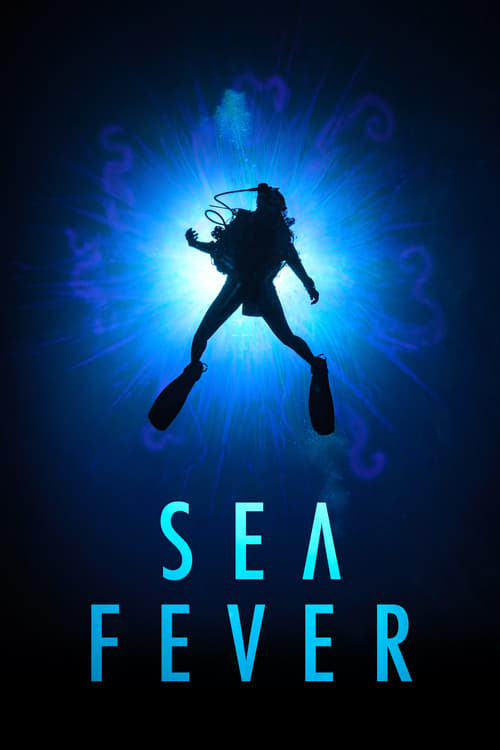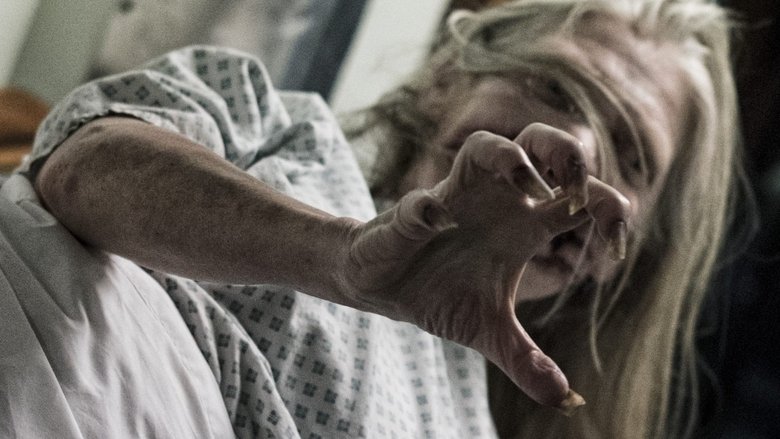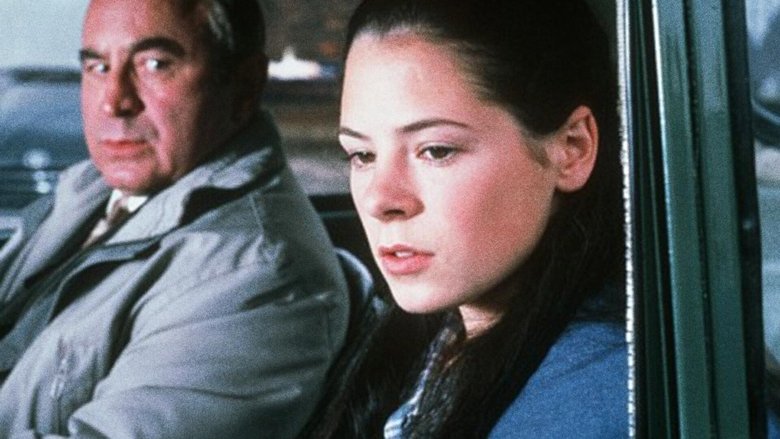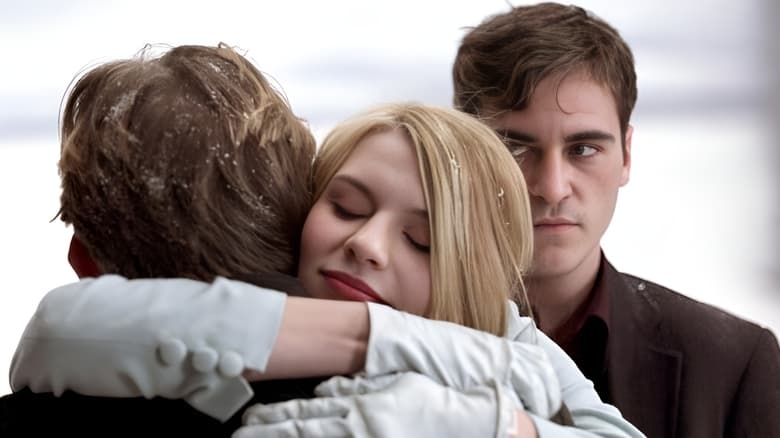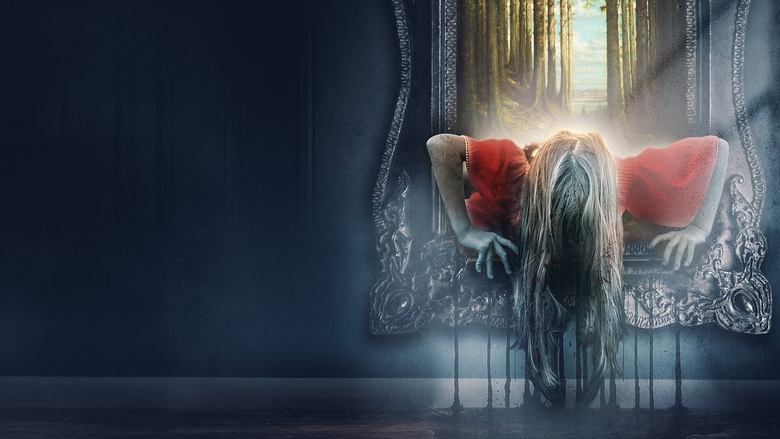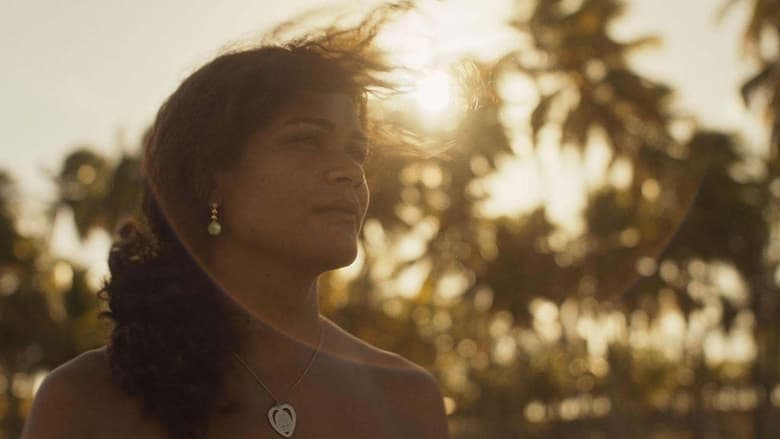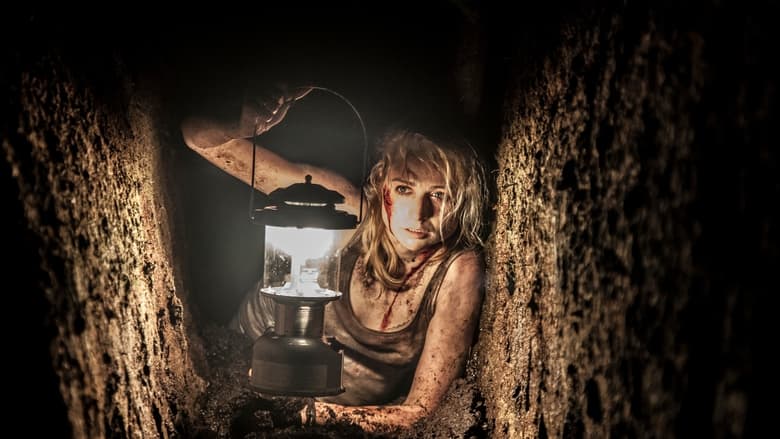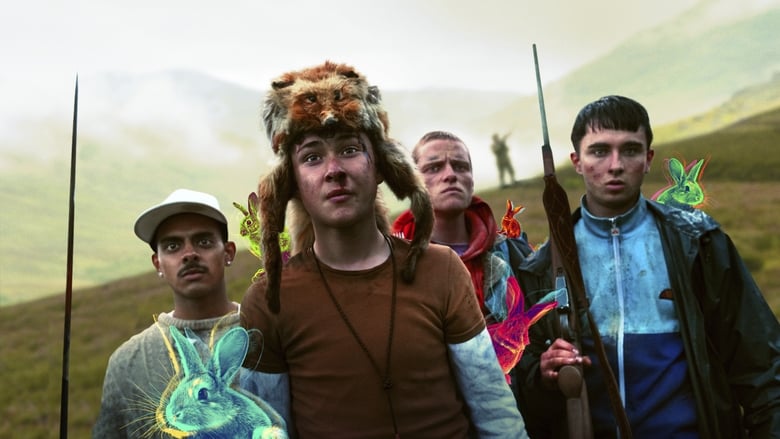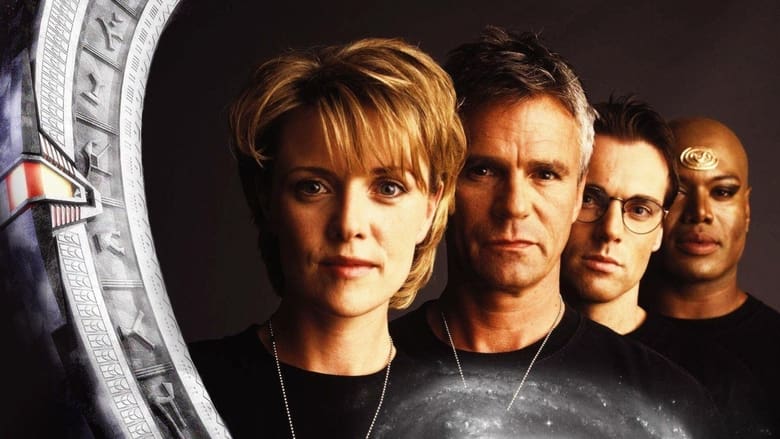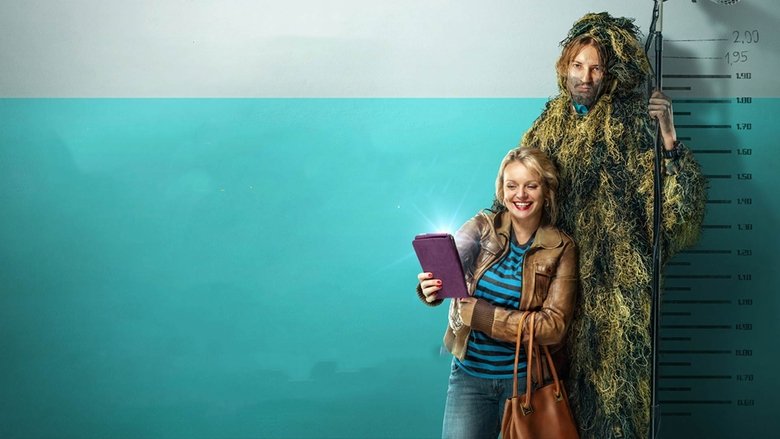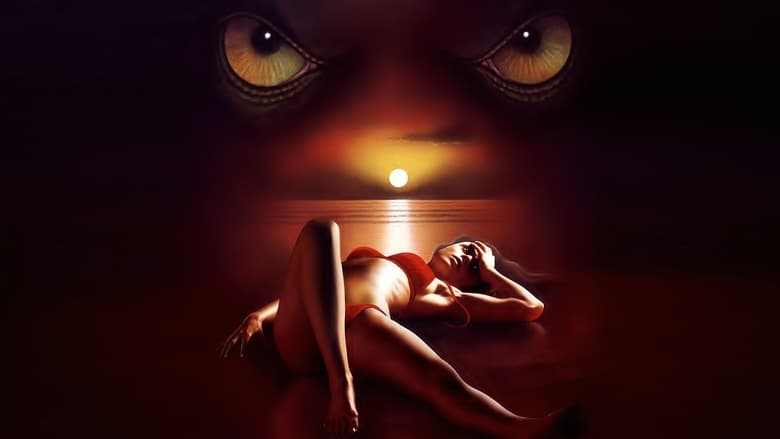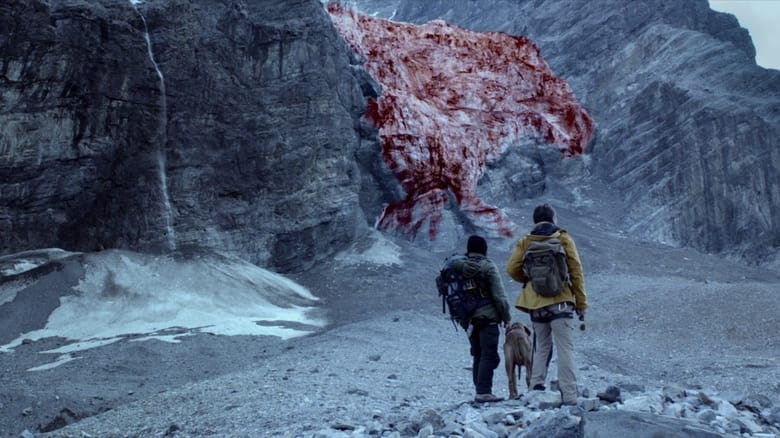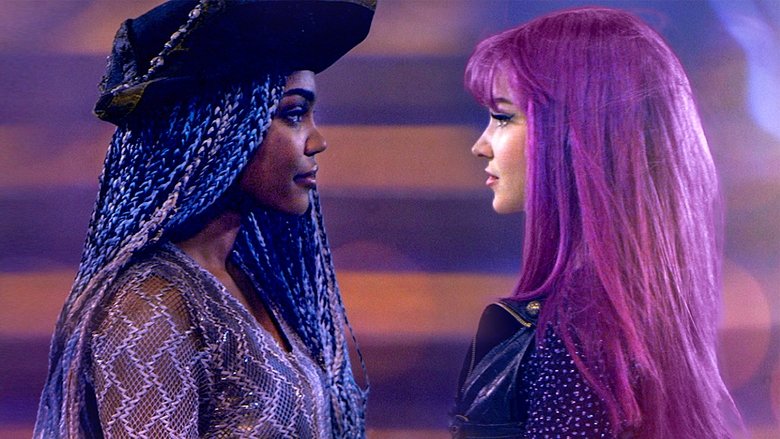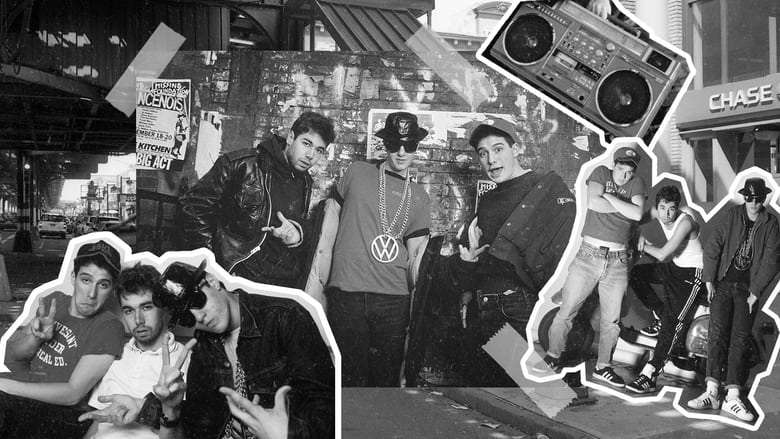An impressive eco-thriller that could do with more clearly delineated characters
>
It is a curious situation that the sea, from which life first arose should now be threatened by the activities of one form of that life.
- Rachel Carson; The Sea Around Us (1951)
>
From the ocean came a roar of passions that seemed to have broken through all barriers: 'We must procreate and multiply! We must exhaust all the powers of lust!' The waves glowed like lava, and I imagined I could see multitudes of living beings – algae, whales, sea monsters – revelling in an orgy, from the surface to the bottom of the sea. Immortality was the law here.
- Isaac Bashevis Singer; "Hanka"; from Passions and Other Stories (1975)
The debut feature from writer/director Neasa Hardiman,
Sea Fever examines such issues as humanity's disregard for the size of our ecological footprint, the knee-jerk argument that if something hitherto unknown can't be exploited for profit then it should be destroyed, and Mankind's utter insignificance in the face of the wonders of nature. Heavily influenced by David Cronenberg's body horror films, Ridley Scott's
Alien (1979), and John Carpenter's
The Thing (1982), it could do with some refinement, especially in terms of characterisation, and the
dénouement is a little anticlimactic, but Hardiman gets the atmosphere spot on, and overall, this is an impressive debut.
Siobhán (Hermione Corfield with a gorgeous head of red hair and a decent Irish accent) is an all-work-and-no-play doctoral student studying marine biology, specifically anomalous ecological patterns. A socially awkward introvert, she's not at all happy with she's told that she needs to get practical experience outside the lab and so her professor has organised for her to join a fishing boat and monitor their haul. The boat in question, the
Niamh Chinn-Óir, is owned by Freya (Connie Nielsen) and captained by her husband Gerard (Dougray Scott), but it hasn't been doing too well recently and money is tight. However, Gerard has been tracking a huge shoal of fish and believes their luck is about to change. Meanwhile, Siobhán gets to know the crew; Ciara (the always spectacular Olwen Fouéré), her son Johnny (Jack Hickey), genius engineer Omid (Ardalan Esmaili), and the baby of the group, Sudi (Elie Bouakaze). Upon sailing, Gerard sees that the shoal has moved into an exclusion zone, but without telling anyone, he too enters the zone. No sooner has he done so when the
Niamh hits something and becomes entangled. Investigating the collision, Siobhán is stunned to see huge bioluminescent tentacles arising from the deep and attached to the hull. Back on board, she's thrilled to announce they may have encountered a creature unknown to science, but when it becomes apparent that the tentacles are secreting dangerous microscopic parasites onto the
Niamh, the crew find themselves in a fight for survival, where their greatest enemy is one another.
In the
Fhiannaíocht Fenian Cycle of Irish mythology, Niamh Chinn Óir
Niamh of the Golden Hair is the daughter of Manannán mac Lir, king of the Otherworld, Tír na nÓg
Land of the Young. Upon falling in love with Oisín, son of Fionn mac Cumhaill, Niamh returns with him to Tír na nÓg, where they spend three happy years, although in the real world, 300 years have passed. Wanting to see his homeland again, Oisín persuades Niamh to let him return to Ireland. She gives him her horse, Énbarr, but warns him not to dismount and touch the soil or the spell of youth from Tír na nÓg will be broken. After finding his childhood home on
Cnoc Alúine desolate, he is helping some men move a large stone when he falls from Énbarr and immediately turns into an old man. Before he dies, Oisín encounters Saint Pádraig, telling him the stories of the
fianna. The relevance for
Sea Fever is fairly obvious; the exclusion zone is Tír na nÓg and the
Niamh is Oisín, going somewhere it shouldn't be, a place which will fundamentally change it. The possibility of the Niamh returning to Ireland carrying an infection correlates with Oisín being 'infected' with age if he touches the soil of Ireland.
In a post-screening Q&A with Hardiman at the film's Irish première, she specifically said that one of the main impetuses behind the story was to offer a corrective for films which demonise or are critical of the scientific method, to challenge narratives which "
depict the scientific method as being cut-off, antisocial, self-important, and irrelevant". In this sense, there's a lot more hard real-world science than you might expect – from details of Siobhán's research and her explanations of marine biology, biodiversity, and anomalous patterns to some fairly detailed discussions of the possible biochemistry of the creature that ensnares the
Niamh, hypotheses as to why it behaves the way it does, and detailed depictions of how the parasites enter and exit the bloodstream (how they exit is not for the faint at heart). In the latter half of the film, a lot of time is given over to discussions of whether the
Niamh should head back to Ireland, with Siobhán trying to make the others understand the devastating ramifications that could result from introducing the parasites into a population centre. All of this doesn't quite position the film in the realm of science-fact, but it certainly helps to lend the narrative a stronger sense of real-world verisimilitude.
Science is also important thematically insofar as one of the main issues explored is that the creature may not be acting aggressively in attaching to the
Niamh; it's simply trying to survive, and even the parasites aren't a form of attack. In this way, Hardiman refuses to demonise the creature, and from the moment of its discovery, Siobhán consistently argues that the crew must protect it, which is not what you expect from this type of film. On the other hand, Gerard sees it in more black and white terms; initially as something to be used for profit, and later as something to be destroyed – capitalism at its finest. There are no real villains as such, but on a sliding moral scale, the creature is above several of the human characters.
Aesthetically, there's a merciful absence of jump scares and, apart from one scene, there's very little gore. Instead, the film's horror elements are based more in the intricate sound design, Ray Ball's production design, and Ruairí O'Brien's cinematography. The three work in tandem to make it impossible for the viewer to ever forget that we're on a ship isolated at sea – from the constant creaking and sound of lapping water to the claustrophobic quarters (the
Niamh is so small, it only has four beds) to the handheld and often dimly lit photography that imbues every shadow with a sense of the unknown. Indeed, as was the
USCSS Nostromo in
Alien and U.S. Outpost 31 in
The Thing, the rusty and battered
Niamh (a vessel which has clearly seen better days) is very much a character in
Sea Fever, and its aesthetic design is pivotal in allowing Hardiman to achieve a sense of psychological unease.
In terms of problems, the most significant is that even given the small cast, there isn't a huge amount of character differentiation. Even Siobhán is never really developed, whilst the
Niamh's crew are largely interchangeable. One of the reasons films like
Alien and
The Thing are considered classics is because of how good the character individualisation is – every person in both of those films is a distinct individual with an interiority and a clearly defined set of character traits that sets him or her apart from the others; pick any character, and you'll be able to talk about who that character is as a person, from the take-charge and rational Dallas (Tom Skerritt) to the reactionary Parker (Yaphet Kotto) in
Alien, from the by-the-book and eerily calm Garry (Donald Moffat) to the hot-headed Childs (Keith David) in
The Thing. Their traits aren't painted in minutiae, but they are painted in strokes clearly differentiated from the others. A failure to recreate this is one of the main reasons that Scott's
Prometheus (2012) is such a pile of tripe wherein no one is differentiated from anyone else and no one acts consistently because none of them have dominant character traits.
Sea Fever's script is a lot better than that rubbish, but it's still very light on individualisation, which makes it harder to care about these people, which makes them feel expendable, a potential death sentence for a film of this nature. Thankfully, it doesn't come to that here, but with just a little more work on the screenplay, the whole film could really have been elevated into something truly special. Another small gripe I have is that the conclusion is pretty anticlimactic; it works very well thematically, but it's a bit weak in terms of drama or tension, and it feels somewhat rushed.
Mixing body-horror with elements of a creature-feature garnished with some eco-friendly themes,
Sea Fever is a very enjoyable film and an impressive debut feature. Although its broader genre beats offer nothing we haven't seen before, it still manages to feel like its own thing with its own things to say. It could do with a better balance in terms of the plot/characterisation ratio, but the unexpected focus on science and ecological themes mean it rises above the monster movie clichés you might expect, which should help it to stand out in a crowded field.
